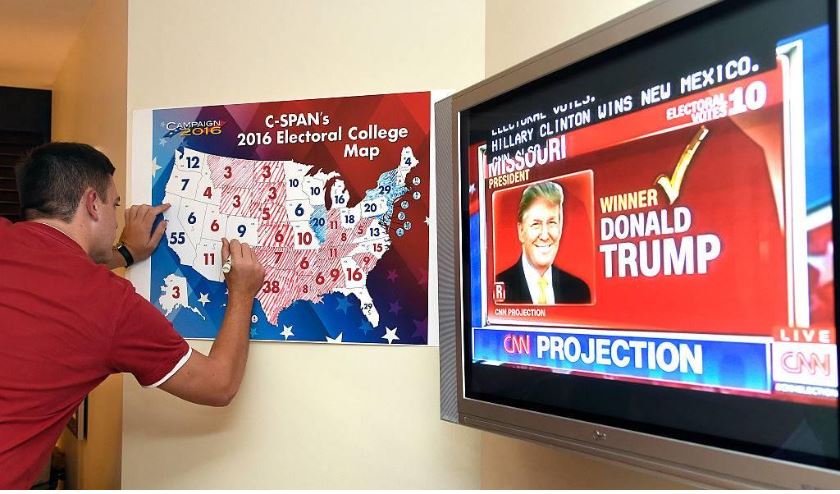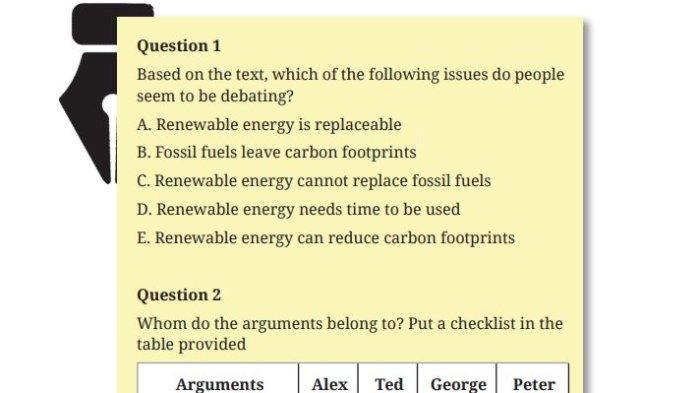In the United States, the process of electing a president is primarily determined by the Electoral College. However, there are scenarios where the Electoral College may produce a tie, leading to an unusual situation where the House of Representatives must step in to select the president. Understanding this process is crucial for comprehending the intricacies of American democracy.
The Electoral College System
The Electoral College consists of 538 electors, with a majority of 270 votes required to win the presidency. Each state is allocated a number of electors based on its representation in Congress, which means larger states have more influence in the electoral process. If no candidate reaches the required 270 electoral votes, a tie occurs, and the election moves to the House of Representatives.
What Happens in a Tie?
In the event of an Electoral College tie, or if no candidate receives a majority, the 12th Amendment to the Constitution dictates that the House of Representatives will choose the president. Here’s how the process works:
1. Each State Gets One Vote
The most significant aspect of this procedure is that each state delegation in the House has one vote, regardless of the number of representatives that state has. This means that smaller states have the same voting power as larger ones, leading to a potential imbalance in influence. For instance, Wyoming, with its small population, holds the same weight as California when it comes to this voting process.
2. Majority Required
To win the presidency, a candidate must secure a majority of the state votes. Since there are 50 states, the threshold for victory is 26 votes. If a candidate achieves this majority, they are declared the president.
3. Selecting a Candidate
In preparation for the voting process, each state’s delegation will typically hold internal discussions to determine how they will cast their vote. Representatives may be influenced by their constituents’ preferences or party lines. While party loyalty often plays a significant role, individual representatives can choose to break from party unity, leading to unpredictable outcomes.
The Vice President Selection
If the Electoral College tie also affects the vice presidency, the Senate is tasked with selecting the vice president. The Senate can choose from the top two candidates who received electoral votes. Unlike the House’s voting structure, each senator has one vote, allowing for a more straightforward majority decision.
Historical Context and Implications
Historically, the scenario of the House electing a president has occurred only twice: in 1800 and 1824. In both instances, the process was contentious and reflected the deep political divisions of the time. The potential for the House to choose the president raises concerns about political maneuvering and partisanship, which could lead to a scenario where the chosen candidate does not reflect the popular will.
Contemporary Relevance
As political polarization in the United States continues to grow, the possibility of an Electoral College tie becomes more relevant. In a close election, where the outcome is determined by just a few key states, the prospect of a House decision looms large. This underscores the importance of understanding not only the Electoral College but also the implications of how a president is selected in such a scenario.
Conclusion
The process by which the House of Representatives would choose the president in the event of an Electoral College tie is a critical component of American electoral politics. While the likelihood of such an event remains low, the implications of a House decision could have profound effects on the nation’s governance and political landscape. As voters engage in the democratic process, awareness of these mechanisms is essential for fostering informed civic participation.


